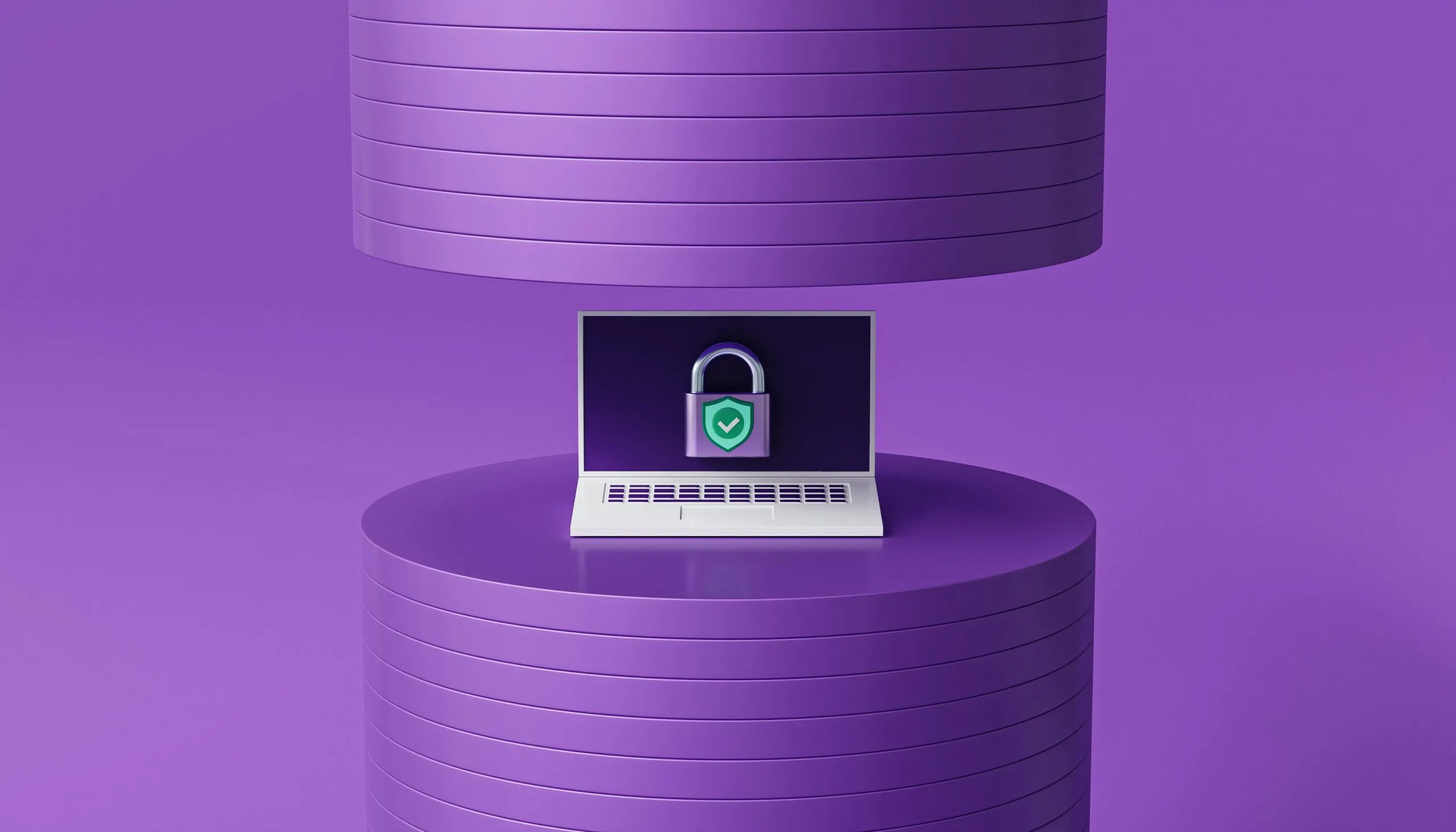Introduction: How to Survive a Cyber Attack
How can you survive a cyber attack? In today’s digital age, we rely heavily on technology to carry out our daily tasks. However, this dependence on technology comes with risks, and one of the most significant threats we face is a cyber attack. A cyber attack is when someone intentionally accesses, disrupts, or damages computer systems or networks. These attacks can happen to anyone, and they can cause significant damage, including loss of data, identity theft, financial losses, and reputational damage. Surviving a cyber attack means taking proactive steps to prevent, detect, and respond to cyber threats.
If you’ve ever been a victim of a cyber attack, you know how devastating it can be. However, there are steps you can take to protect yourself and minimize the impact of a cyber attack. In this blog post, we will discuss how to survive a cyber attack by outlining practical steps you can take to prevent, detect, and respond to cyber attacks. By following these tips, you can reduce your risk of being targeted by cybercriminals and ensure that your online activities remain secure.

Understanding the Threat Landscape: How to Prepare for a Cyber Attack
As we rely more and more on technology in our daily lives, the threat of a cyber attack becomes increasingly significant. A cyber attack is an attempt to gain unauthorized access to or damage a computer system, and can result in the loss of sensitive information or the disruption of critical services. Understanding the threat landscape is essential to being able to prepare for and survive a cyber attack.
To prepare for a cyber attack and survive it, it is important to first assess the potential risks to your organization. This can involve conducting a vulnerability assessment and identifying any weaknesses in your systems. Once you have identified potential risks, you can develop a plan to mitigate them. This might include implementing security measures such as firewalls, intrusion detection systems, and access controls, as well as educating employees on how to identify and respond to potential threats. Regularly testing your security measures is also essential to ensure they remain effective. By taking these steps, you can minimize the risk of a cyber attack and protect your organization’s assets and reputation, allowing you to survive a cyber attack.

Strong Passwords and Multi-Factor Authentication: Essential Tips to Protect Yourself Online
In today’s digital age, it’s important to protect yourself online to survive a cyber attack. One of the simplest ways to do this is by creating strong passwords. A strong password is one that is complex and difficult to guess. It should contain a mix of uppercase and lowercase letters, numbers, and symbols. Avoid using personal information like your name or birthdate, as these can be easily guessed by hackers.
However, even strong passwords can be compromised, which is why it’s important to use multi-factor authentication to survive a cyber attack. This is a security measure that requires two or more forms of verification to access an account. This could be a combination of a password, a fingerprint scan, or a security token. By using multi-factor authentication, you add an extra layer of security to your online accounts, making it much harder for hackers to gain access. Taking these simple steps can go a long way in protecting your online presence from potential cyber threats and helping you survive a cyber attack.

Safeguarding Your Devices: How to Secure Your Computer, Phone and Tablet from Cyber Threats
In today’s digital age, cyber threats are becoming increasingly sophisticated and prevalent. It’s more important than ever to take measures to safeguard your devices from these threats to survive a cyber attack. Whether you’re using a computer, phone, or tablet, there are several steps you can take to ensure your devices are secure.
Firstly, make sure that all of your devices are running the latest operating system updates. These updates often contain security patches and bug fixes that can help protect your devices from vulnerabilities and help you survive a cyber attack. Additionally, it’s important to use strong and unique passwords for each of your accounts, as well as two-factor authentication where available. Finally, be wary of suspicious emails or messages, as they may contain malware or phishing attempts that could lead to a cyber attack.

Staying Up-to-Date: Why Regular Software Updates are Critical to Defending Against Cyber Attacks
In today’s digital age, staying up-to-date with software updates is crucial to protect your online security and survive a cyber attack. Cyber attackers are constantly looking for vulnerabilities in software to exploit, and failing to update your software can leave you vulnerable to attacks. Regular software updates can help protect you from potential attacks by fixing any vulnerabilities that may exist in the software.
Software updates are designed to fix bugs and security flaws, as well as to improve functionality and add new features. These updates are often released in response to identified vulnerabilities or threats, and failing to install them can leave your device open to a cyber attack. Regular software updates are one of the simplest and most effective ways to stay protected from cyber attacks, as they ensure that your software is running the latest security patches and protocols. By keeping your software up-to-date, you are taking an important step towards safeguarding your digital identity, online security, and ultimately surviving a cyber attack.

Identifying and Reporting Phishing Scams: A Guide to Spotting and Avoiding Common Email Scams
Phishing scams are a common tactic used by cybercriminals to steal personal information and sensitive data. They use fraudulent emails that appear to be from legitimate sources to trick people into giving away their personal information, such as usernames, passwords, credit card numbers, and more. In this guide, we will discuss how to identify and report phishing scams, so you can avoid falling victim to these scams and survive a cyber attack.
To identify a phishing scam and survive a cyber attack, look for signs such as suspicious URLs, misspelled words, and requests for personal information. Be wary of emails that ask you to click on a link or open an attachment, especially if they are unsolicited. Additionally, avoid emails that contain urgent messages or threats, as these are often tactics used to pressure people into giving away their information. If you suspect that an email is a phishing scam, do not reply or click on any links. Instead, report the email to the appropriate authorities, such as your IT department or the Federal Trade Commission. By being vigilant and reporting phishing scams, you can help protect yourself and others from cybercrime and survive a cyber attack.

Backing Up Your Data: Why Data Backups are Essential to Recover from a Cyber Attack
Backing up your data is the process of copying and storing important files, documents, and other digital information in a secure location. In today’s digital age, data backups are essential to protect your information from cyber attacks and help you survive them. A cyber attack can come in various forms, such as ransomware, malware, or phishing. These attacks can cause significant damage to your digital assets, including financial loss and loss of reputation.
When you have a backup of your data, you can easily recover from and survive a cyber attack. By restoring your data to its previous state, you can minimize the impact of the attack and prevent any data loss. It’s important to perform regular backups of your data to ensure that you always have access to the latest version of your information. This way, you can stay one step ahead of cybercriminals and protect your valuable data from being lost or stolen. In conclusion, backing up your data is an essential step to protect yourself from cyber attacks and survive them. By performing regular backups, you can ensure that your information is safe and secure, and you can quickly recover from any cyber attack that may occur. Don’t wait until it’s too late – start backing up your data today to increase your chances of surviving a cyber attack!

Conclusion: How to Survive a Cyber Attack
In today’s world, cyber attacks are becoming increasingly common and sophisticated, posing a threat to individuals, businesses, and governments. The consequences of a successful cyber attack can be devastating, ranging from financial loss to reputational damage and even loss of life. Therefore, it’s essential to know how to survive a cyber attack and minimize its impact. Firstly, prevention is key. You should take proactive measures to secure your devices, networks, and data. This includes using strong passwords, installing and updating antivirus software, and avoiding suspicious links and downloads. Additionally, you should regularly backup your data to minimize the impact of a ransomware attack or data breach. In the event of a cyber attack, quick and effective response is crucial. You should immediately disconnect from the network and notify your IT department or a cybersecurity expert. It’s also essential to contain the attack by isolating affected devices and limiting access to sensitive data. Finally, you should document the incident and conduct a thorough investigation to identify the source of the attack and prevent future incidents.
In conclusion, surviving a cyber attack requires a combination of prevention, preparation, and response. By following these tips, you can minimize the impact of a cyber attack and protect yourself, your business, or your government from the devastating consequences of a successful attack. Remember, cyber attacks are a constant threat, but with the right measures in place, you can stay one step ahead of cyber criminals.






